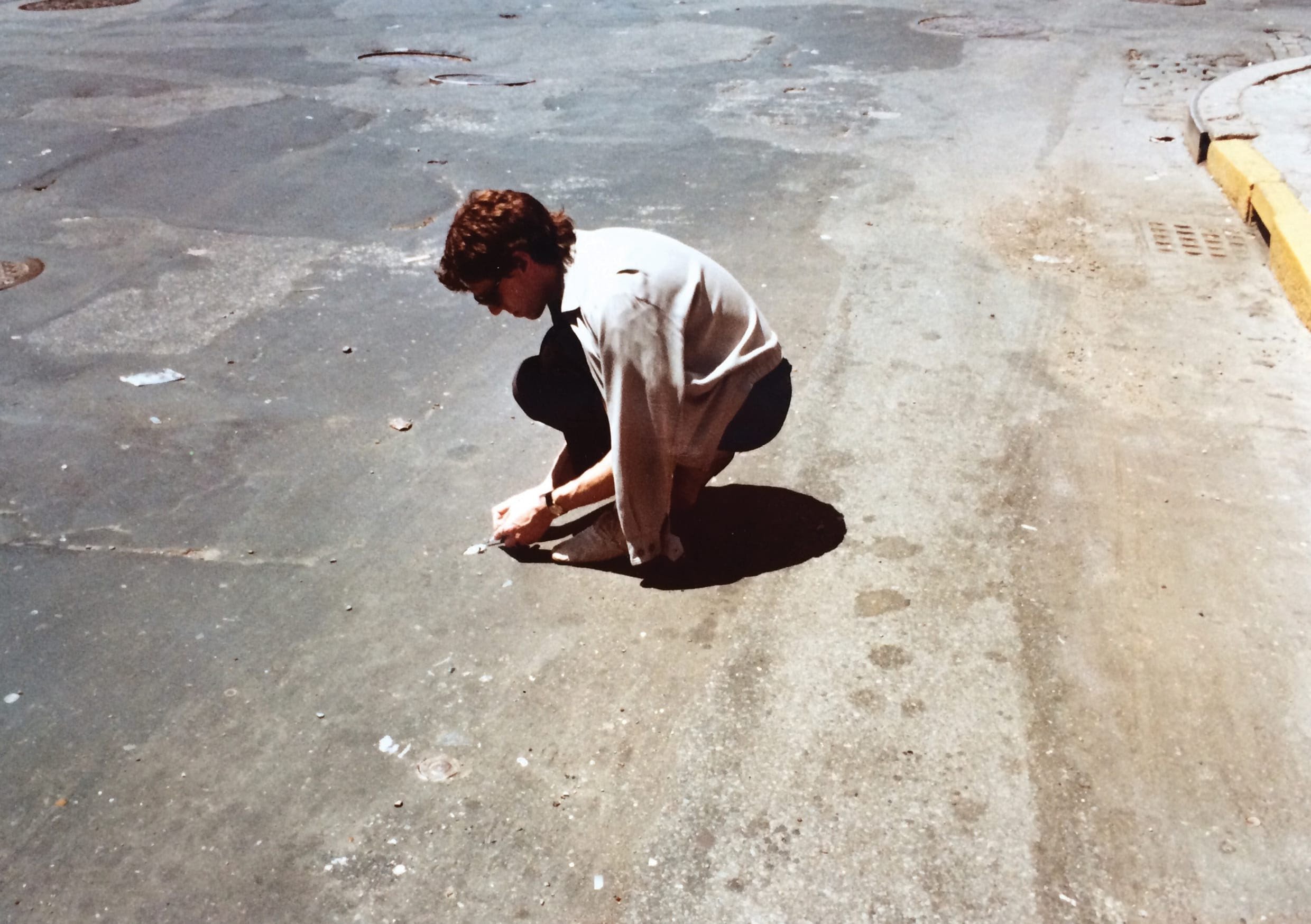Bernhard Schobinger – Gimme Danger

Una mostra di gioielli e sculture dell’artista che spazia dagli anni Ottanta a oggi.
Comunicato stampa
Martina Simeti is pleased to present Bernhard Schobinger, “Gimme Danger” curated by Saim Demircan, a show of the artist’s jewellery and sculpture spanning the 1980s to the present day.
Whether salvaging door handles from demolished houses in his hometown of Richterswil, diving to the bottom of Lake Zürich for fishhooks, or collecting smashed bottles from concerts, Swiss artist Bernhard Schobinger transforms found objects, often broken, rusting, or discarded metal and glass, into jewellery and sculptures with a sense of danger and wit. His reuse of ordinary, almost crude, materials shares some of the methods of Surrealism and Arte Povera, as well as display an early influence of Constructivism’s industrial, angular style. But overall, it’s a punk ethos which has permeated Schobinger’s work ever since he encountered the burgeoning subculture in the late-1970s. Fashioned out of the destroyed remnants of the everyday, his jewellery can often appear physically dangerous – shards of glass, saw blades, and other threatening tools are placed in sharp contrast to human necks, wrists, and fingers – even though each piece is meticulously designed and engineered to be wearable.
___
Martina Simeti è lieta di presentare Bernhard Schobinger, “Gimme Danger” a cura di Saim Demircan, una mostra di gioielli e sculture dell'artista che spazia dagli anni Ottanta a oggi.
Che si tratti di recuperare maniglie da case demolite a Richterswil, sua città natale, o di immergersi nel fondo del lago di Zurigo per trovare ami da pesca o di raccogliere bottiglie rotte durante i concerti, l'artista svizzero Bernhard Schobinger trasforma oggetti trovati, spesso metallo e vetro rotti, arrugginiti o scartati, in gioielli e sculture con un senso di pericolo e con arguzia. Il suo riutilizzo di materiali ordinari, quasi grezzi, origina da pratiche proprie del Surrealismo e dell'Arte Povera, oltre a mostrare una prima influenza dello stile industriale e spigoloso del Costruttivismo. In generale, è l'etica punk che ha permeato il lavoro di Schobinger da quando ha incontrato la nascente sottocultura alla fine degli anni Settanta. Realizzati con i resti distrutti della vita quotidiana, i suoi gioielli possono spesso apparire fisicamente pericolosi - schegge di vetro, lame da sega e altri strumenti minacciosi sono posti in netto contrasto con colli, polsi e dita umane – benché ogni pezzo sia meticolosamente disegnato e progettato per essere indossabile.



